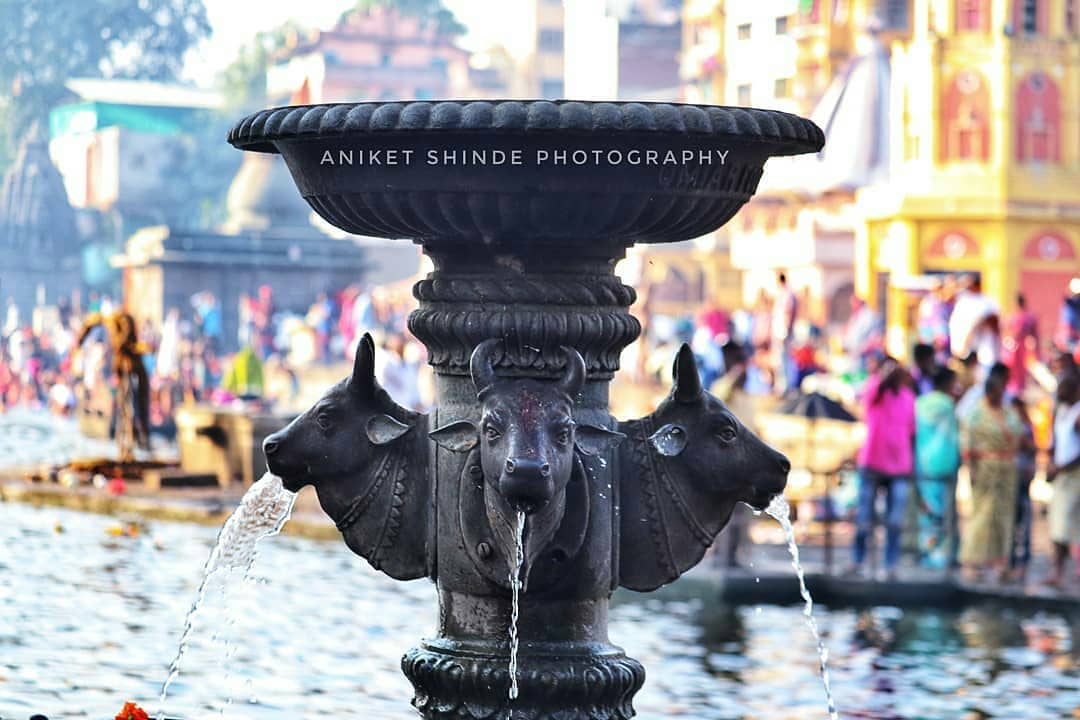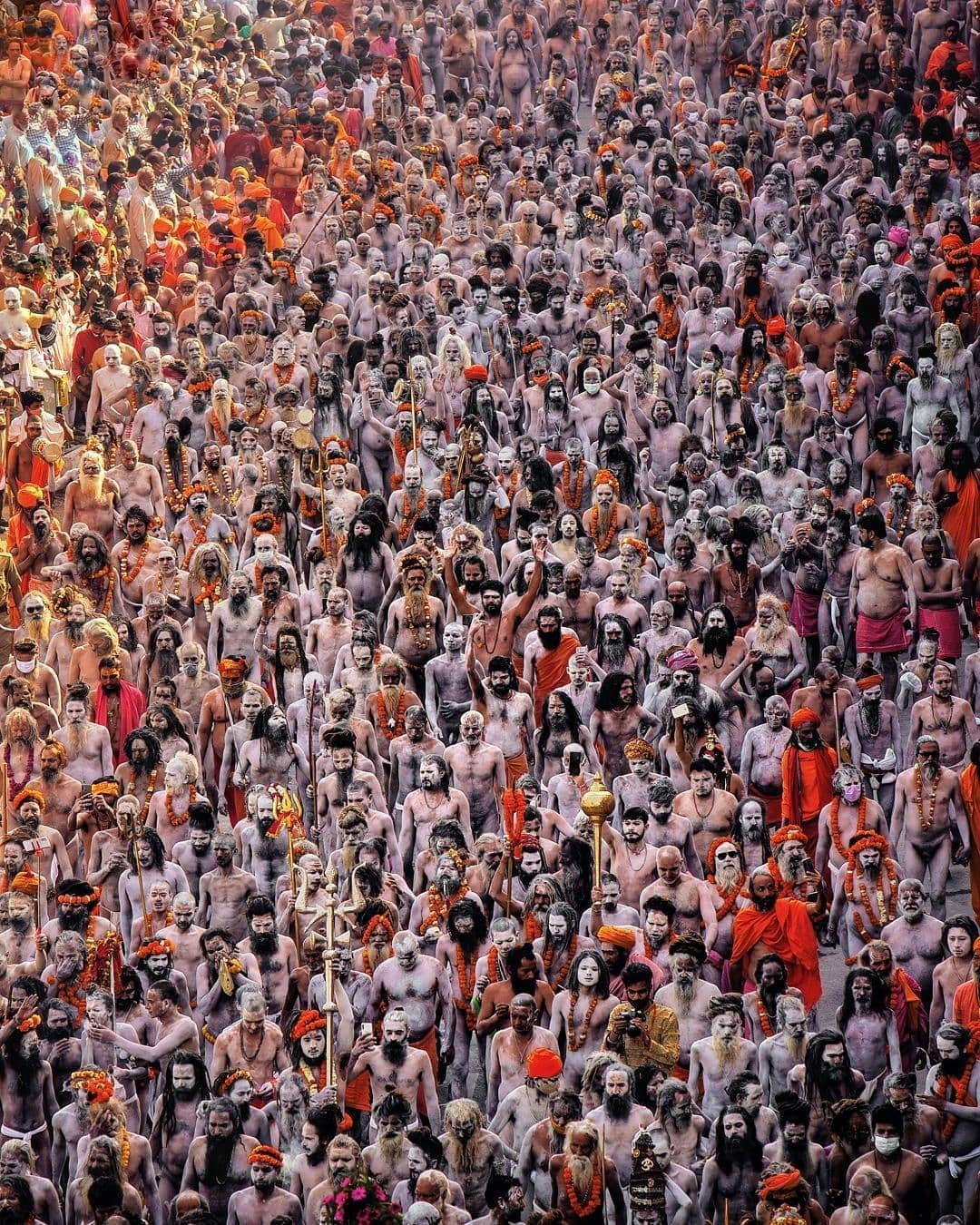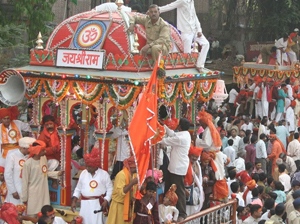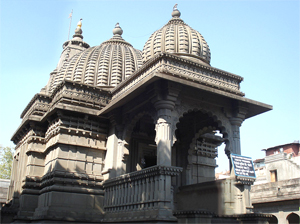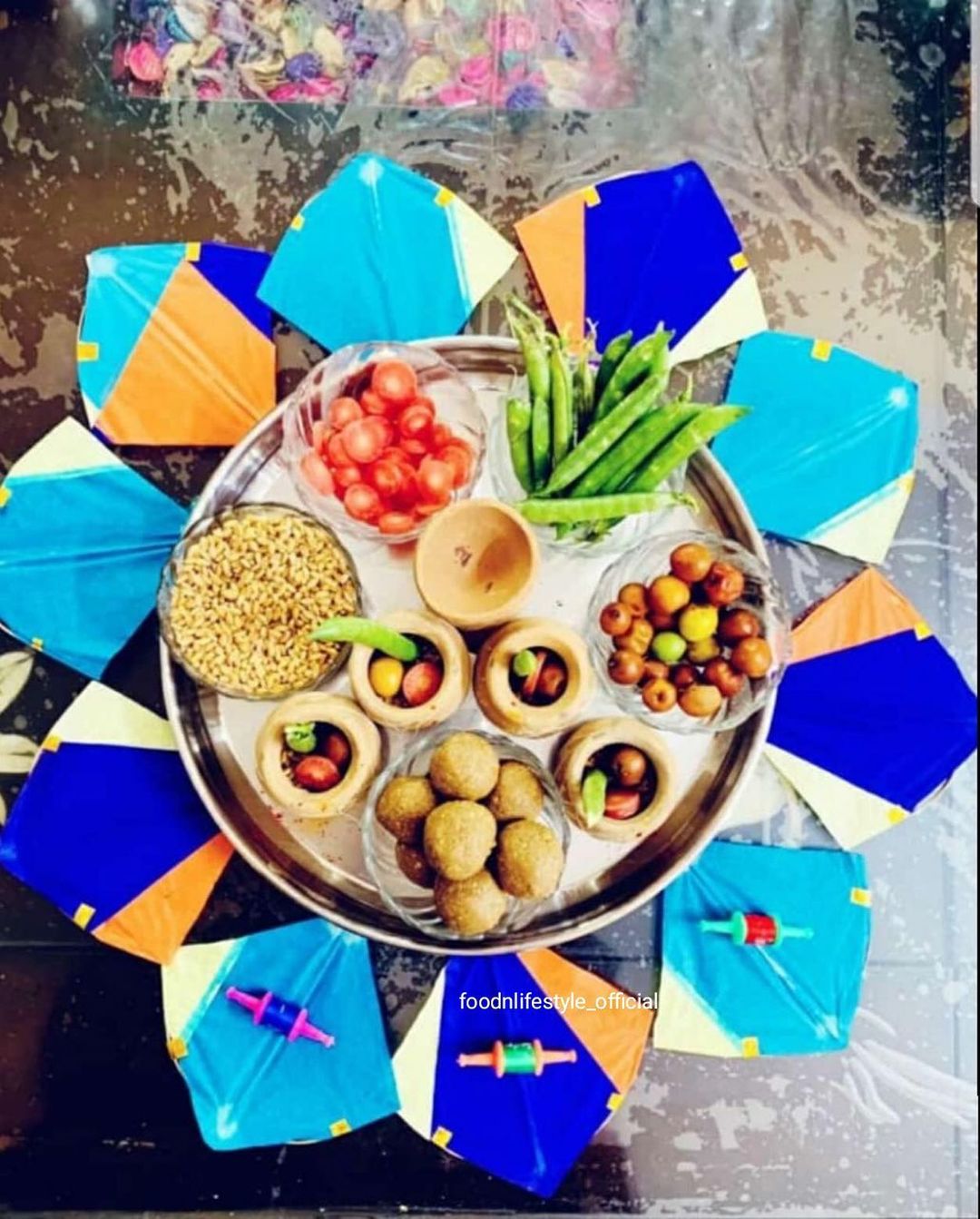
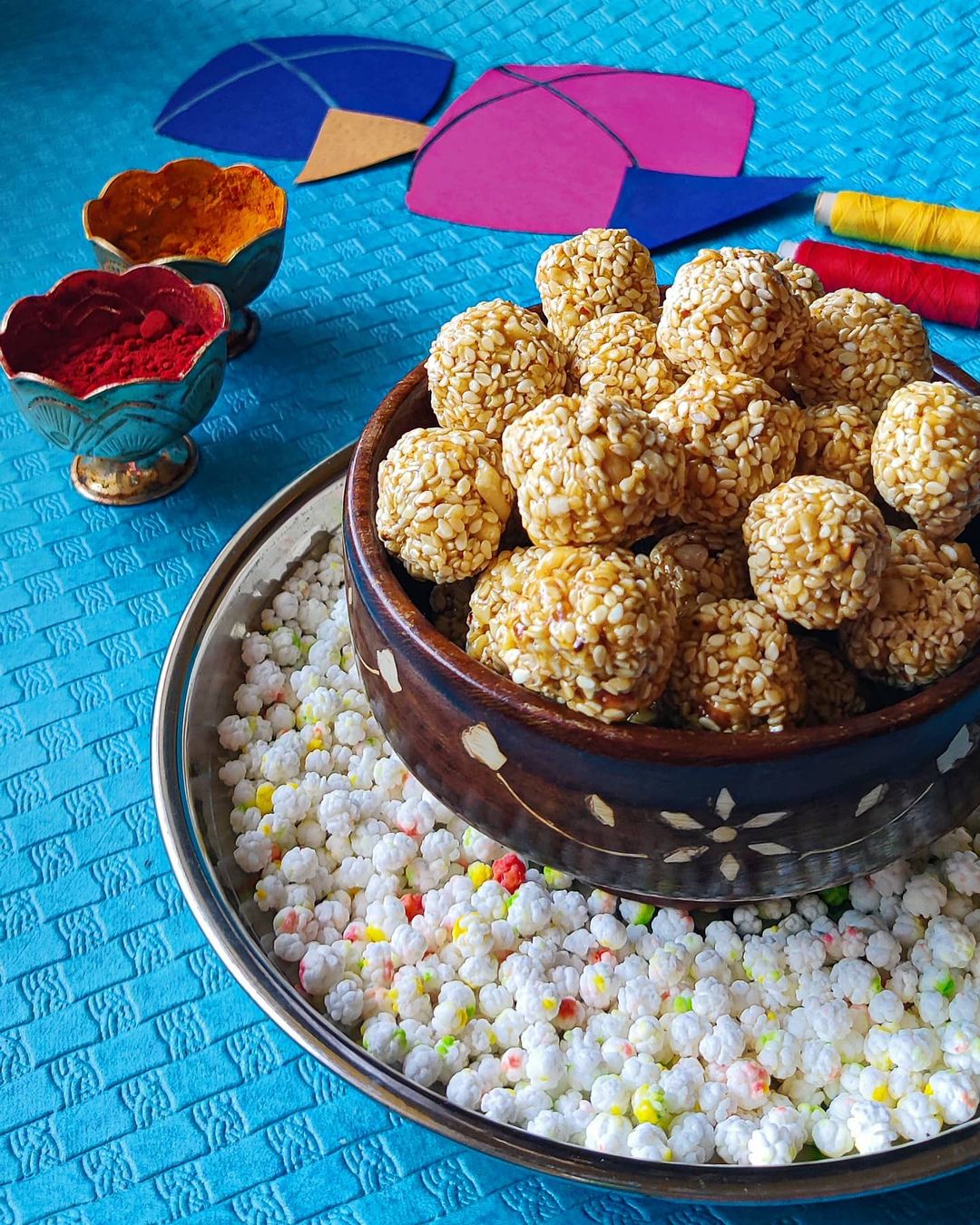
MAKAR SANKRANTI IN NASHIK
LOCATION : Nashik, Maharashtra.
DURATION: In the month of January!
Thousands of people in the city, including women and children, took a holy dip in Godavari river and the holy pond of Ramkund, on the occasion of Makar Sankranti, on Sunday.The devotees visited Kalaram and Kapaleshwar temples for taking blessings of Lord Rama and Shiva. People exchanged til-gur, saying ''Til gul ghya ani god bola''. Makar Sankranti is a special day, when married women are invited for a get-together called 'haldi-kunku' and given gifts and til gur.
It is one of the most colourful events of the year.Youth and children purchased and flew kites on Friday.On this auspicious day, several children were on the street to grab kites sailing in the air, cut after losing in a duel.The festival was also celebrated in various parts of the district, including Yeola and Malegaon. The kite flying with its razor sharp manja was, however, under the scanner of police. Police in Nashik had initiated a drive to curb the use of banned nylon and glass-coated manja, 15 days prior to the festival. Despite the drive, traders sold the nylon thread, which was much in demand.
Every year Makar Sankranti is celebrated in the month of January to mark the winter solstice. This festival is dedicated to the Hindu religious sun god Surya. This significance of Surya is traceable to the Vedic texts, particularly the Gayatri Mantra, a sacred hymn of Hinduism found in its scripture named the Rigveda.
Makara Sankranti is regarded as important for spiritual practices and accordingly, people take a holy dip in rivers, especially Ganga, Yamuna, Godavari, Krishna and Kaveri. The bathing is believed to result in merit or absolution of past sins. They also pray to the sun and thank for their successes and prosperity. A shared cultural practices found amongst Hindus of various parts of India is making sticky, bound sweets particularly from sesame (til) and a sugar base such as jaggery (gud, gur). This type of sweet is a symbolism for being together in peace and joyfulness, despite the uniqueness and differences between individuals. For most parts of India, this period is a part of early stages of the Rabi crop and agricultural cycle, where crops have been sown and the hard work in the fields is mostly over. The time thus signifies a period of socializing and families enjoying each other's company, taking care of the cattle, and celebrating around bonfires, in Maharashtra the festival is celebrated by flying kites.
Makara Sankranti is an important pan-Indian solar festival, known by different names though observed on the same date, sometimes for multiple dates around the Makar Sankranti. It is known as Pedda Panduga in Andhra Pradesh and Telangana, Makara Sankranti in Karnataka and Maharashtra, Pongal in Tamil Nadu, Magh Bihu in Assam, Magha Mela in parts of central and north India, as Makar Sankranti in the west, Maghara Valaku in Kerala, and by other names.
